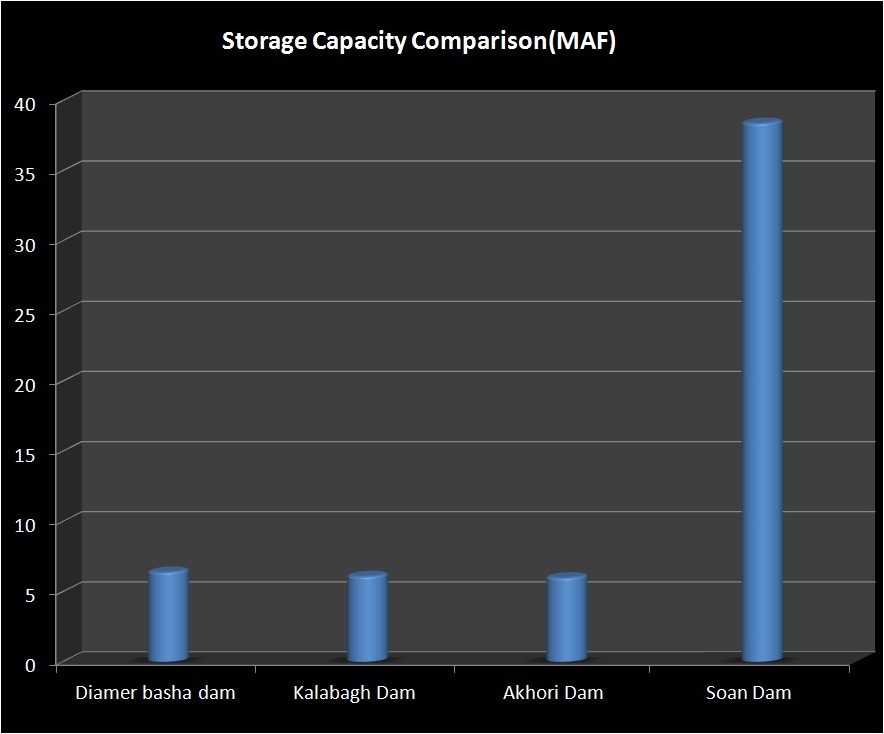South Punjab has been long neglected area regardless of being the agricultural back-bone of Pakistan.
During last few years, division of Punjab has become a popular issue, partially due to linguistic, administrative concerns and to some extent, vote bank politics.
Infrastructure and water is a big factor to consider for such issues.
If South Punjab becomes a separate province, there needs to be a careful study to divide the water share, resources, channels and barrages between North and South Punjab.
Most important question will rise about division of Indus river's water. currently Sindh gets much more water per unit area than Punjab. In my opinion, People's Party will back off from the issue, again for votebank politics in home province.
Here are some related maps for my readers.
1. Chenab River Irrigation Command Area
In simple words, area marked green can be irrigated with Chenab river's water.
2. Jhelum River Irrigation Command Area
Area marked yellow can be irrigated with Jhelum river's water, and can use Mangla dam's storage.
3. Indus River Irrigation Command Area
Area marked blue can be irrigated with Indus river's water, and can useTarbela's stored water.
SuperImposing these three river commands, makes this picture.
let us turn on the administrative borders of divisions.
Districts make it complex.
Annotated map for reference
Canals and Barrages make it much more complex
Note: This post is not to support or oppose the issue. it is just for education of Pakistani people to understand the water issues tied with a new province.

















































